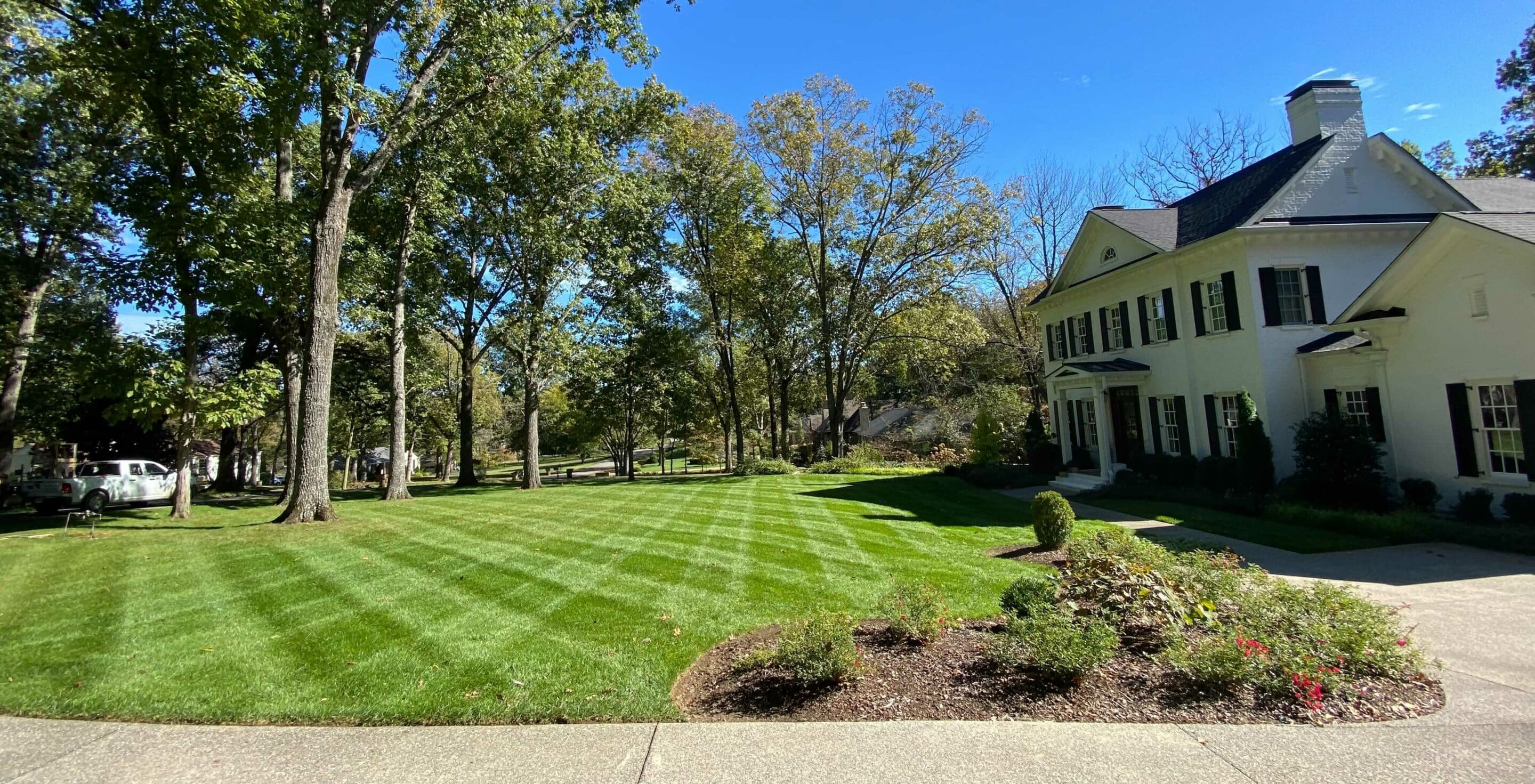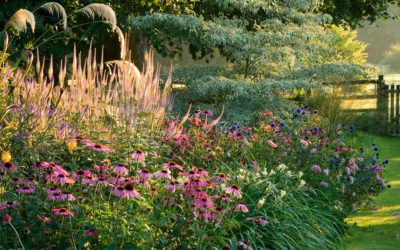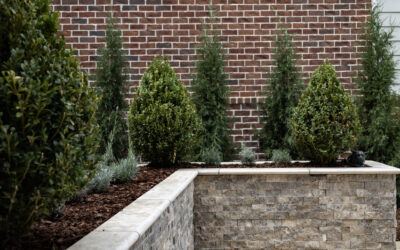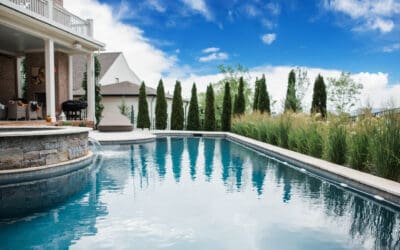Artificial Turf or Live Lawn: The Big Debate
Lawns are a luxury for a large part of the world’s population. But, did you know that there is an alternative to live grass lawn? There is a rising interest and move to Artificial Turf and understanding the differences are key to deciding which option is best for your yard.
Artificial Turf
Artificial turf has become a popular choice in urban areas due to its many advantages, such as saving water, time, and money. With its realistic look and feel, it‘s no wonder why people are choosing artificial turf over live grass. Not only does it feel great on bare feet, making it safe for children and pets to play on, but it also requires very little to no maintenance to keep it looking amazing! Artificial turf is made of synthetic fibers that are molded into blades and stitched together for a natural–looking appearance. It is also highly resistant to sun, chemicals, and abrasion damage that can occur to live lawns during the summer months. In addition, artificial turf is perfect for areas with limited sunlight, such as balconies and rooftops, because it does not need to be watered, fertilized, or mowed. Investing in artificial turf may even boost the value of your home when it comes time to sell. All things considered, it is clear that artificial turf is a great option for smaller yards and offers a variety of benefits.
Live Lawns
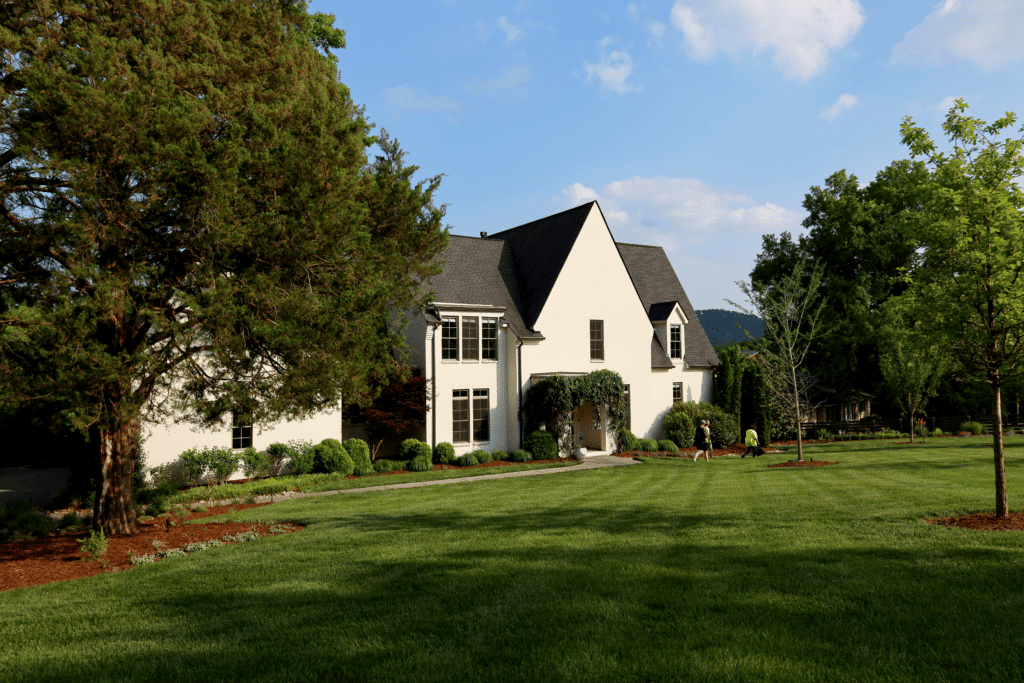 Although artificial turf has its benefits, live lawns remain the preferred choice for most homeowners. The feeling of the organic material underfoot makes one feel closer to nature and the initial cost of installation is usually lower. Additionally, there are many options for live lawns that don‘t require an abundance of water and nutrients to stay healthy.
Although artificial turf has its benefits, live lawns remain the preferred choice for most homeowners. The feeling of the organic material underfoot makes one feel closer to nature and the initial cost of installation is usually lower. Additionally, there are many options for live lawns that don‘t require an abundance of water and nutrients to stay healthy.
If you are located in a drier area, Bermuda grass may work well for you. Once established, this drought tolerant grass does well in hot and dry areas. A finely textured grass that grows best when maintained at 1-2 inches in height, Bermuda grass requires full sun for best growth. The dense, dark green appearance makes it attractive for many southern homeowners and those without irrigation.
Another good option, especially for cooler seasons, is Kentucky bluegrass since it retains its beautiful green color for most of the year. Because of its shallow root system, it isn’t very drought tolerant and requires supplemental watering to survive hot summers, such as we have in our home state of Tennessee.
Perennial ryegrass is another beautiful option for a live lawn, but does require more maintenance than most grasses. It’s not very drought-tolerant, prefers a cooler season, and in summer months will need an irrigation system to thrive.
But the most popular option for live lawns continues to be fescue, in which there are many cultivar to choose from: tall fescue, fine fescue, and red fescue to name a few. These hardy grasses require very little maintenance, and if a contractor sowed your lawn, you may have a mixture already in your yard. Fescues do a good job of crowding out weeds and withstanding dry spells, providing you with more time to spend doing other things with your family.
Should You Make the Switch?
Whether you are deciding between artificial turf or live lawn or choosing between live lawn grasses, the expert advice of a Gardens of Babylon consultant can help! If you have an existing live lawn that isn’t thriving, we can determine what is lacking and set you up with one of our lawn care programs to get it looking lush and green again. Schedule with one of our designers and we can look over your property and discuss the best options for your yard that fits your lifestyle and needs.
